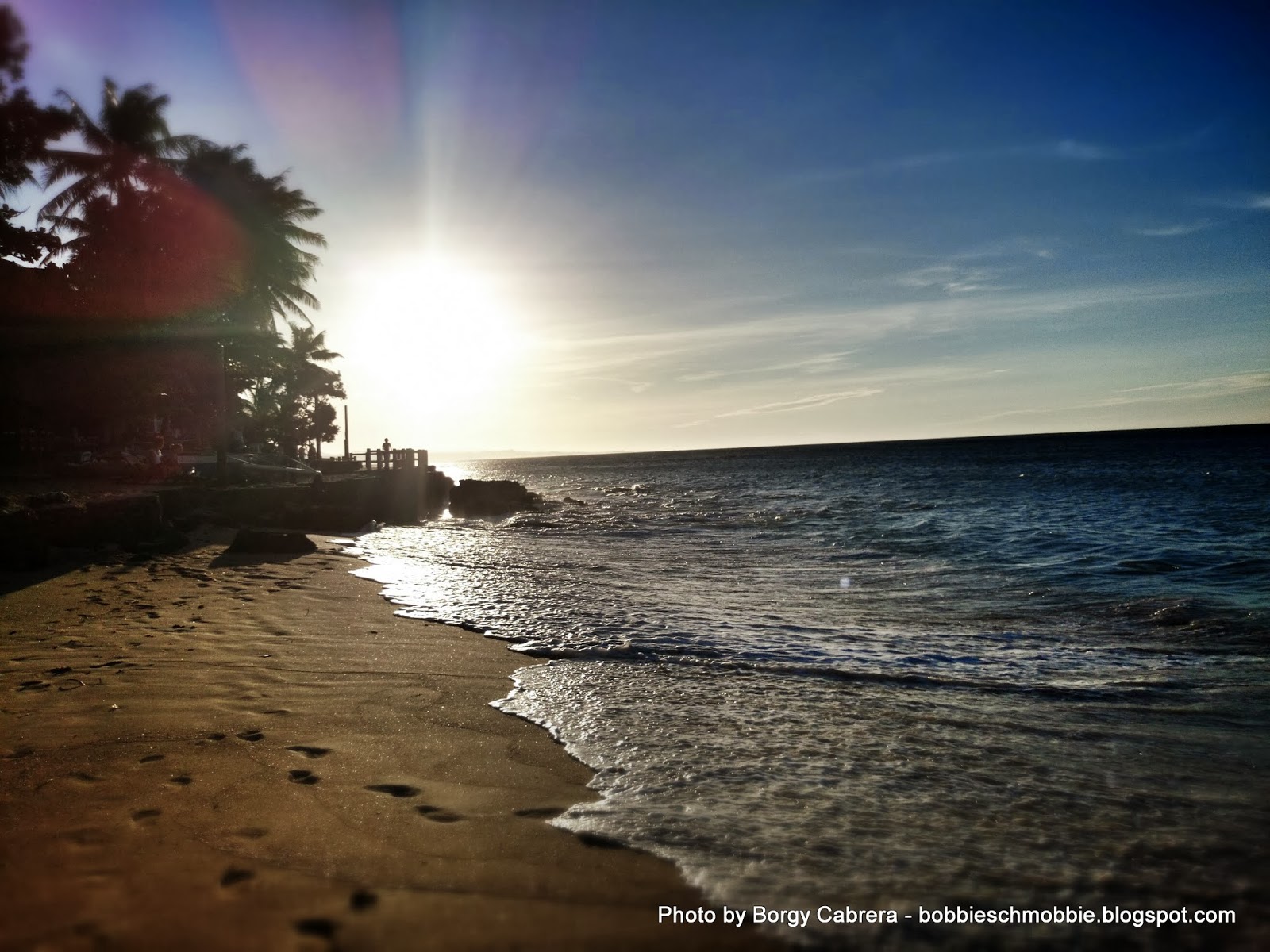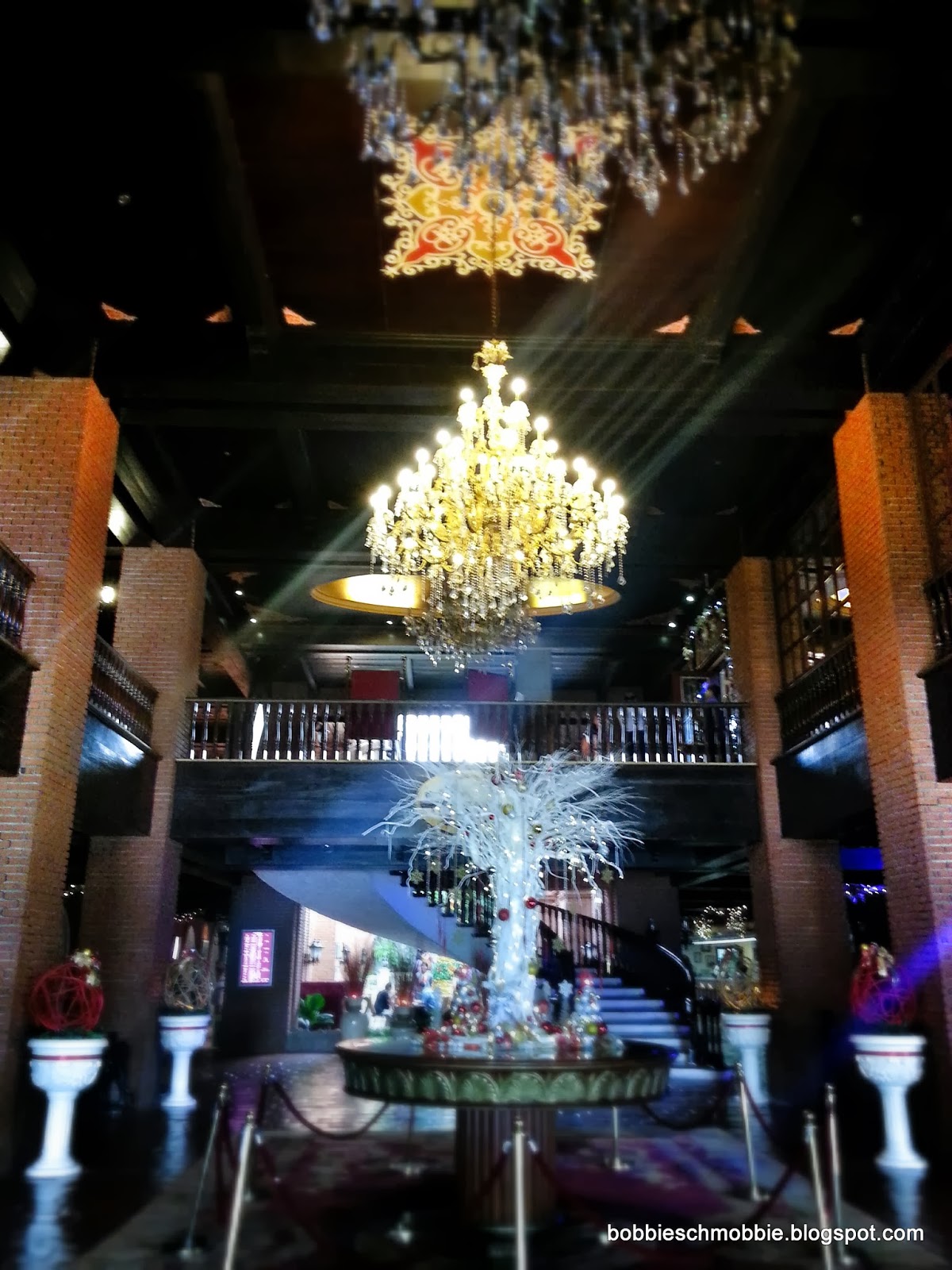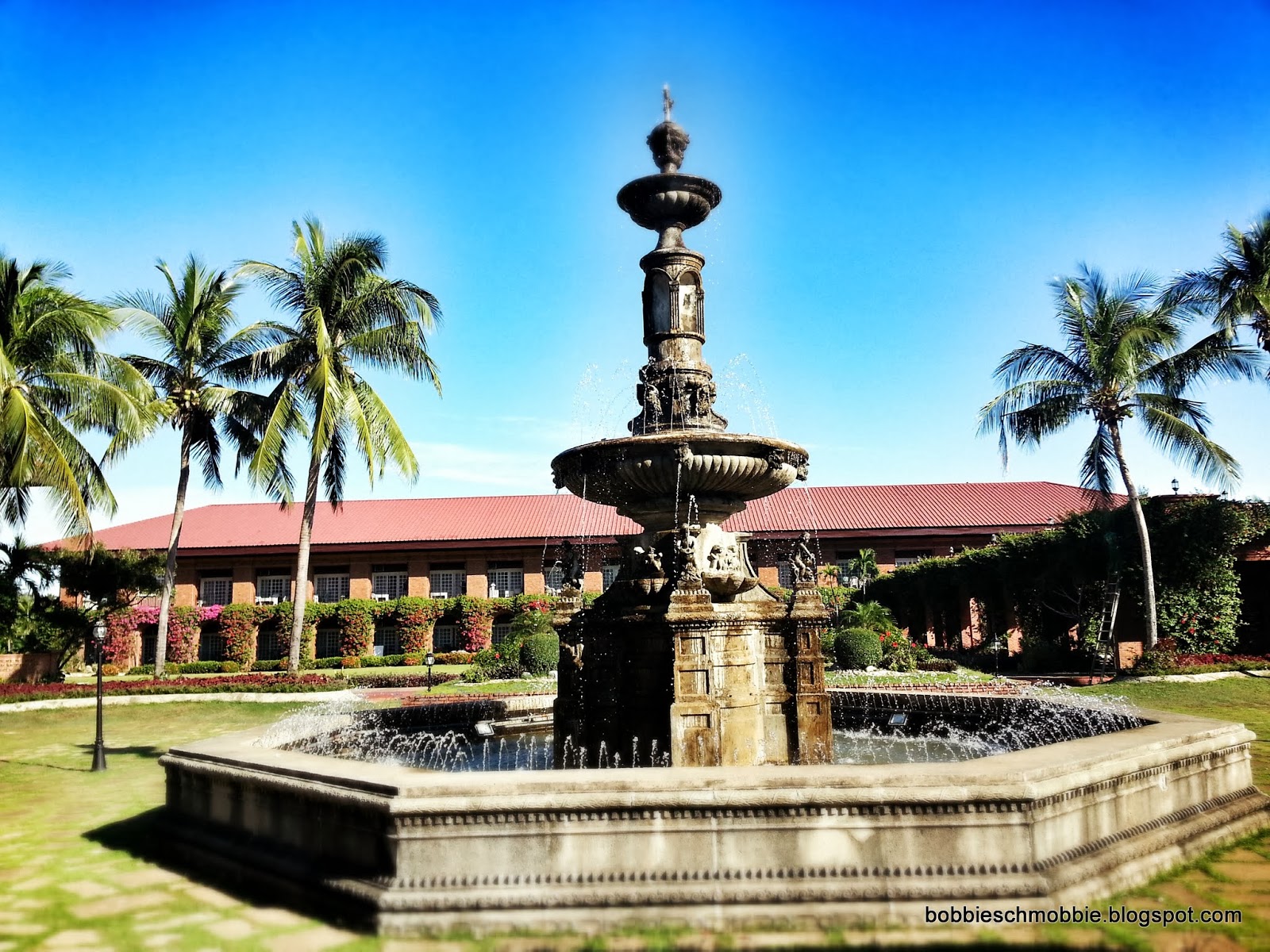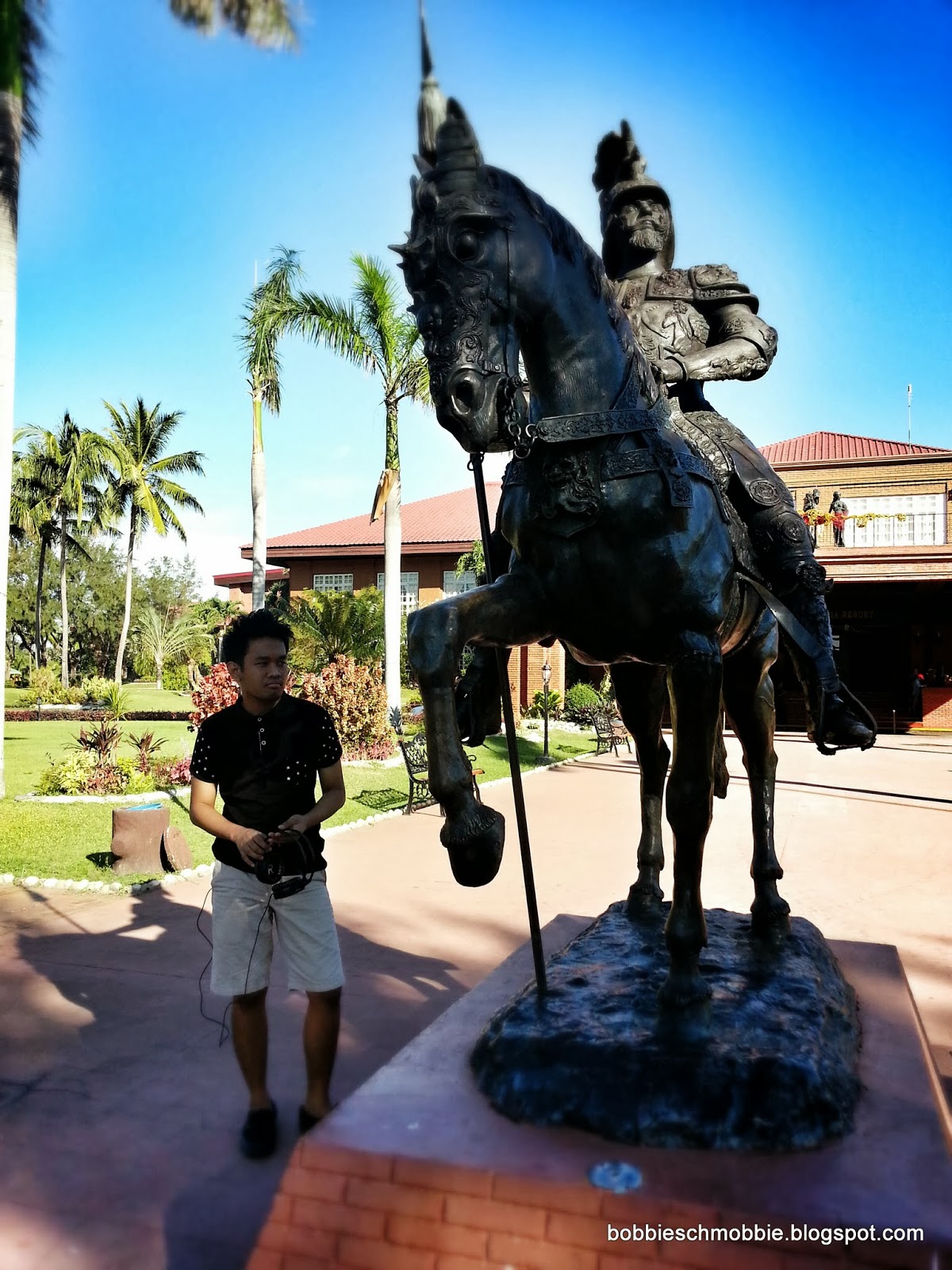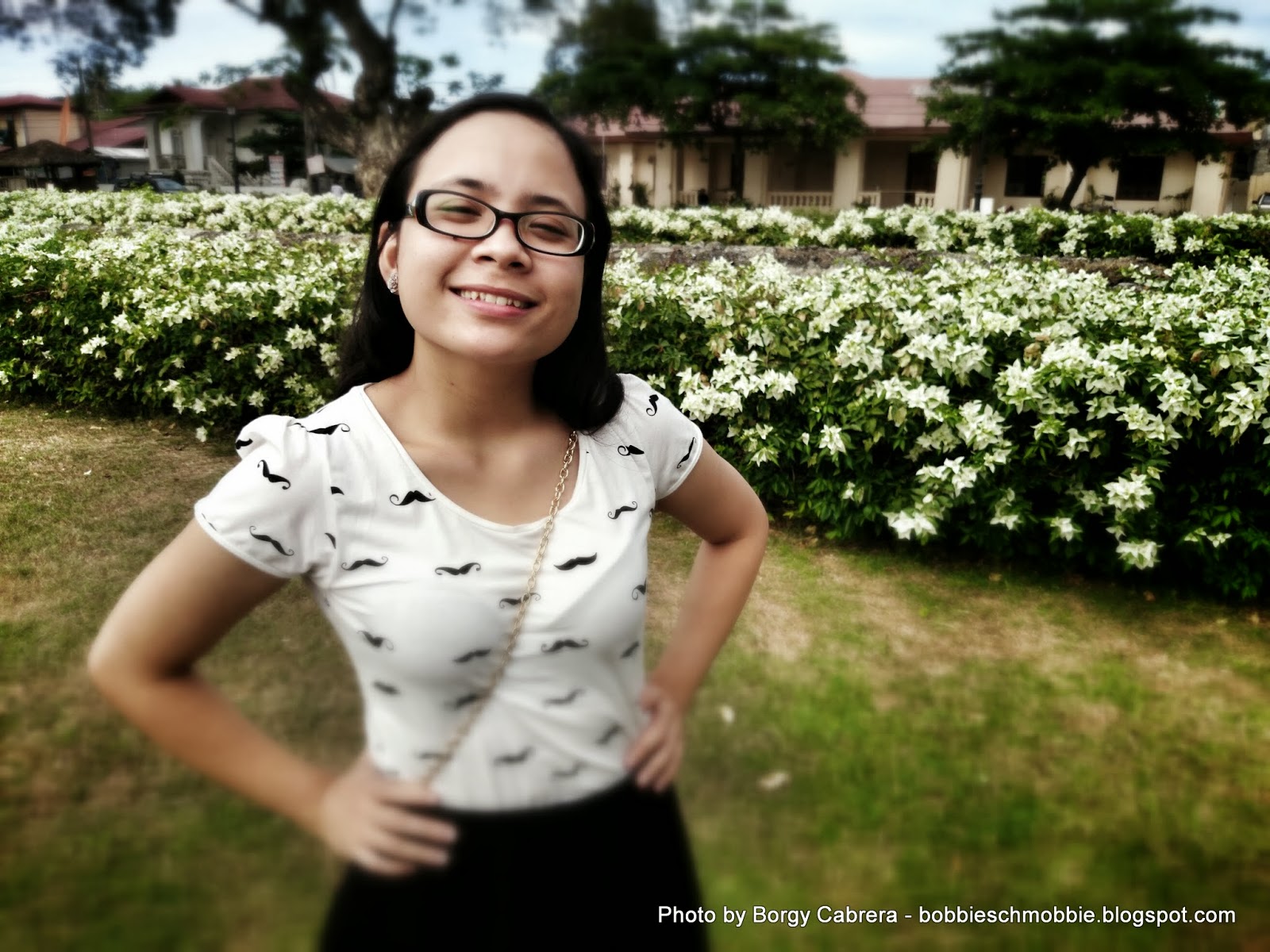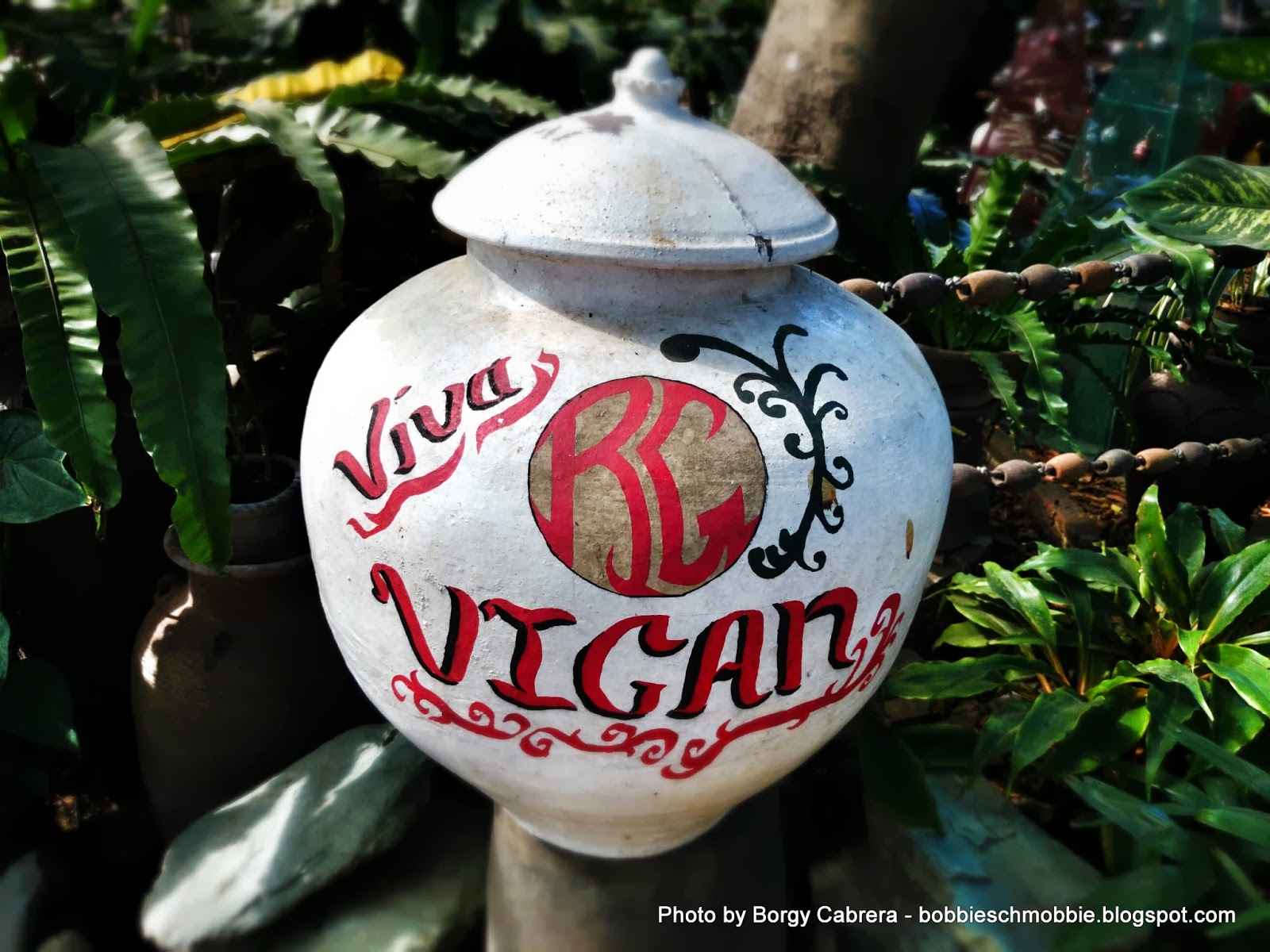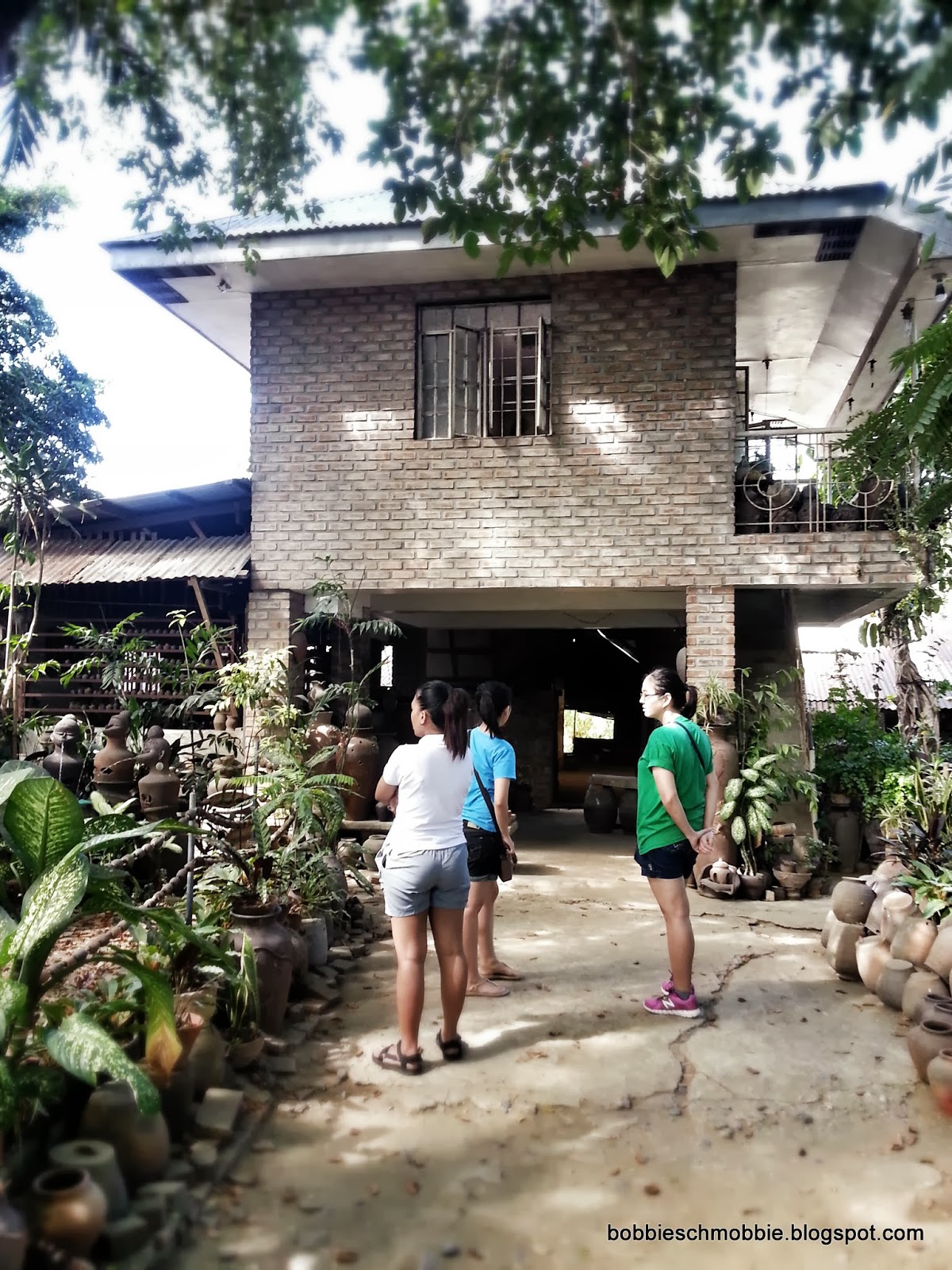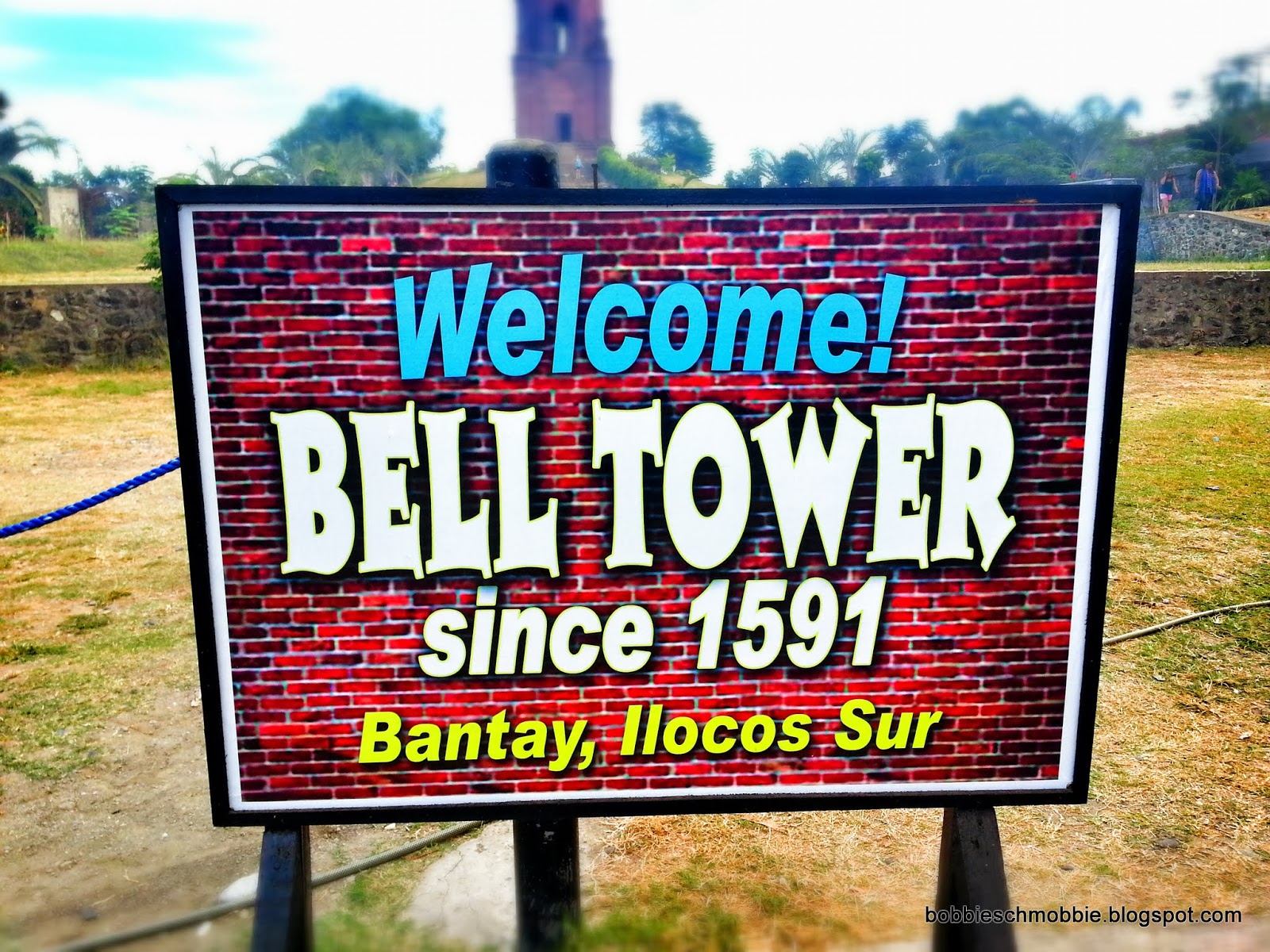Aside from Baguio, Ilocos was one item on my travel bucket list of year 2013. And it was such an amazing experience having to cross that item off of my list with the funniest (and the most "gentle" and "non-raunchy") bunch of friends I have ever met.
And yes, I am very painfully aware that I am posting this blog more than a month late but in my defense, I was busy...procrastinating. And dealing with writer's block, which I haven't fully recovered from, mind you.
With the help of
e-Philippines travel (Brian Sacamos, our agent, and Kuya Allan Ong, our driver and tourist guide), we were able to smoothly buy a package tour for Vigan, Laoag, and Pagudpud of mid-December last 2013.
So, thank you, Sir Brian and Kuya Allan! :)
So, what fascinated me about Ilocos? What drove me to put it on my travel bucket list? The place is a cultural gem. When I think of Ilocos, I think of Spanish colonization, Ferdinand Marcos, romantic and lovely lamp-lit streets lined with Spanish-style houses, "dinengdeng", and bagnet. My father is an Ilokano and although, I do not speak the dialect, I was raised eating dinengdeng, bagnet, and pinakbet. Of course I wanted to visit this place of interesting food names and a common household flavor. Of course I wanted to visit the hometown of many of the most famous politicians of the country. Of course I wanted see it in person, to experience it, to live it. The allure, the romance, the charisma of hearing the place "Calle Crisologo" alone was enough to transport me to a scene of a beautiful Spanish-inspired wedding. I was resolute. I was pee-my-pants excited with the mere thought of it.
So without further ado, here are the places we've visited in Ilocos Sur and Ilocos Norte! :)
By the way, guys, photos are mine, otherwise duly credited. So, please don't steal them. ;)
Places
Click on the pictures! :)
















